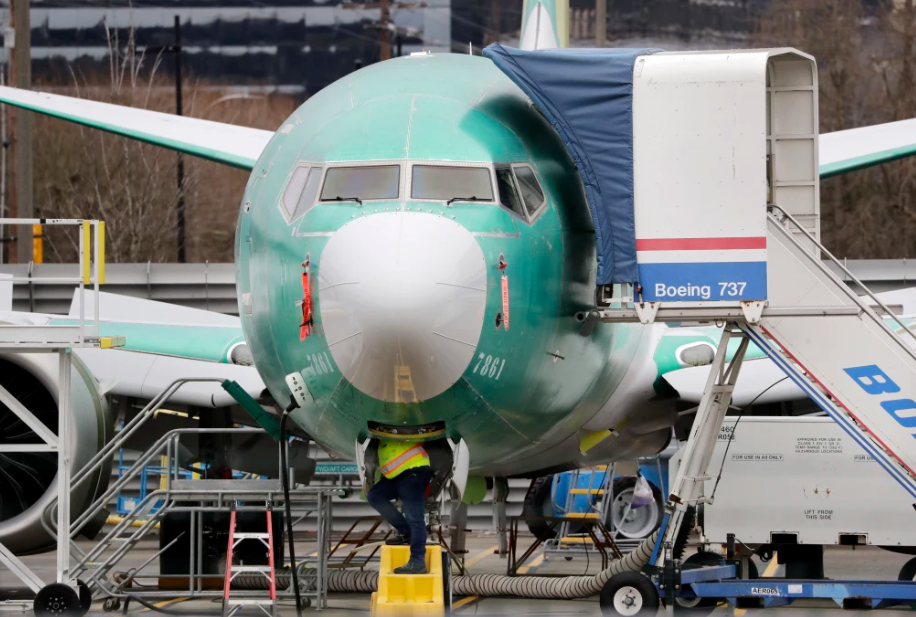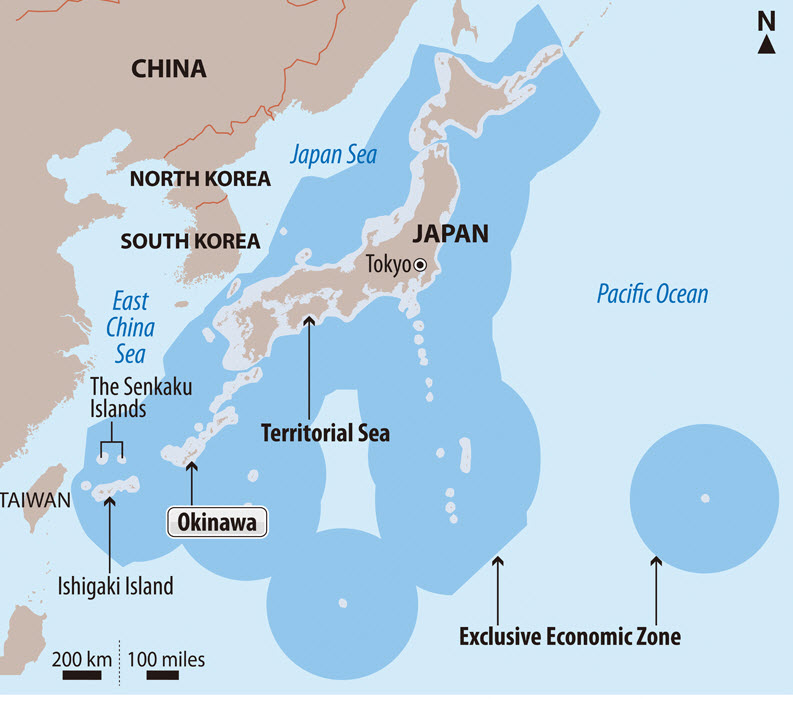Singapore has moved to loosen its monetary policy for the first time in three-and-a-half years to help offset slowing economic momentum due to prolonged U.S.-China trade tensions.
As a small, heavily trade-dependent economy, the country has been heavily exposed to the tariff battle between two of its largest trading partners. Exports have been falling at a double-digit pace from last year’s levels.
The Monetary Authority of Singapore, the central bank, said in its semiannual policy statement Monday that it would slightly decrease the slope of the Singapore dollar’s exchange policy band, a move to guide a weaker appreciation of the local currency.
The nation’s monetary policy is based on its exchange rate whereby the Singapore dollar is managed against a basket of currencies representing the country’s major trading partners.
With this move, Singapore follows regional peers such as Indonesia, the Philippines and India, all of which have eased monetary policy by cutting interest rates in recent months.
Singapore’s adjustment comes as trade-related industries stagnate under pressure from the U.S.-China standoff, though economists say domestically focused sectors have held up better. (more…)




